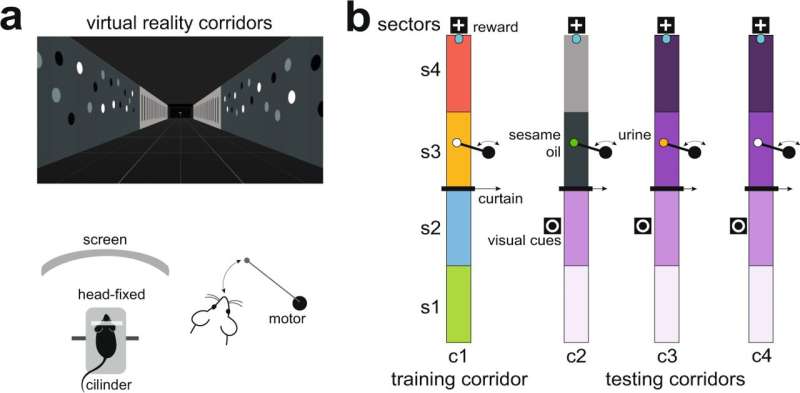
Published recently in Nature Communications, a new study used a model of rodents and connected the influence of feronomic signals on memory for the first time. This will make it possible to explore the deficits of integration of spatial memories and social studies in transgenic models of Alzheimer’s disease in the future. The research, directed by professors Enrique Lanuza (Faculty of Biological Sciences) and Vicent Teruel Martí (Faculty of Medicine and Dentistry), has been carried out entirely by research staff from the University of Valencia.
The evidence shows that the generation of the memory of an event or an experience includes various types of information, such as where it happened (spatial component) or who was involved (social component), but how these components are integrated in the brain is still a mystery.
The researchers demonstrated that social and spatial memory are integrated into a circuit formed by three neural structures: the amygdala (part of the brain responsible for emotional reactions), the entorhinal cortex (memory and orientation) and the hippocampus (also related to memory and learning). In the case of rodents, individual recognition depends on pheromonal signals, and this is the first study that shows to what extent this type of information influences memory.
According to Vicent Teruel and Enrique Lanuza, “We humans probably use the same neural circuit to integrate social and spatial information, although in our case, the recognition of individuals is based on visual information instead of through the detection of pheromones by our olfactory system, as in the case of rodents.”
Source: Read Full Article
